Every corner of India is blessed with a story to tell. The more we explore her, the more we realize that there is a new tale that is waiting to be heard. Warangal, a town situated in the southern state of Telangana, is one such corner whose tale is an unparalleled beauty of its own. Warangal, blessed with a blazing history and foliage forms a scintillating tourist destination among travel enthusiasts. The town was also accorded World Heritage City status by UNESCO. Even the Government of India’s tourism ministry conferred the city as the Best heritage city along with Jaipur. Today, the City is home to some of India’s finest educational institutes such as Kakatiya University, National Institute of Technology Let’s explore more about this historic heritage!!!
History of Warangal
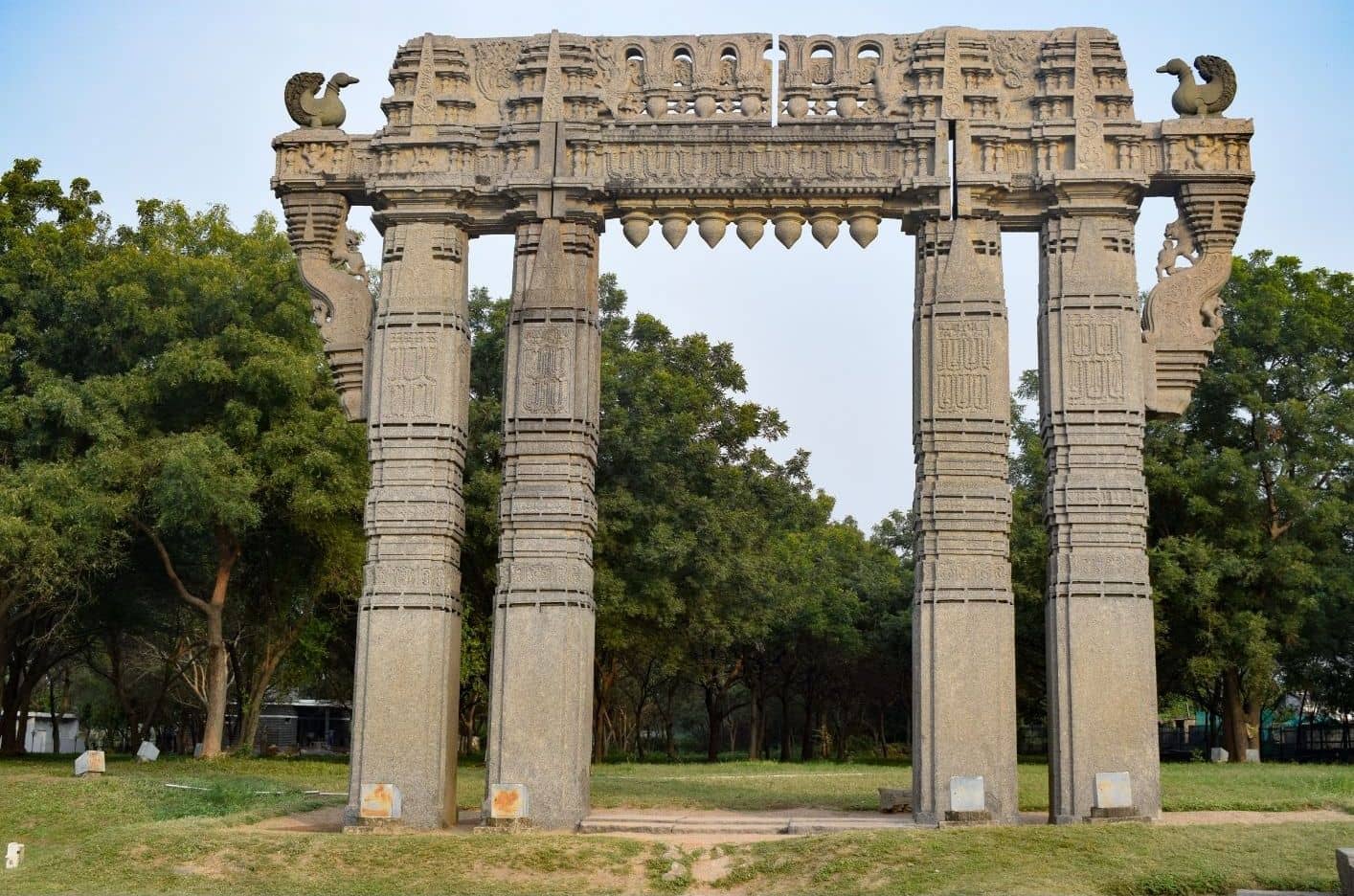
Being a Historically revolutionary town, it is important to shed some light on the history of Warangal. Warangal had served as the capital of the Kakatiya dynasty in the region of Andhra in the 13th century. Under the Kakatiyas, the town of Warangal became a major producer of diamonds producing some of the finest diamonds including the Kohinoor as well as the producer of some of the finest fabrics. Italian traveler Marco Polo has described that the people of the Kingdom had a great abundance of all necessities of life.
After the end of the Kakatiya rule, Warangal came under the rule of the Delhi sultanate till the 14th century followed by the rule of the Bahmani sultanate. Warangal continued to be ruled by the Bahmanis until the 1518 century when the Governor of Golkonda, Quli Qutb Mulk revolted against the Bahmani sultanate. Later on, the Warangal town came under the Asaf jahi dynasty whose descendants were later called the Nizams of Hyderabad. Post Independence, Warangal joined on to become a part of the state of Andhra Pradesh. However, with the bifurcation of Andhra Pradesh in 2014, Warangal is now a part of Telangana.
The Pride of Warangal- Rudramadevi
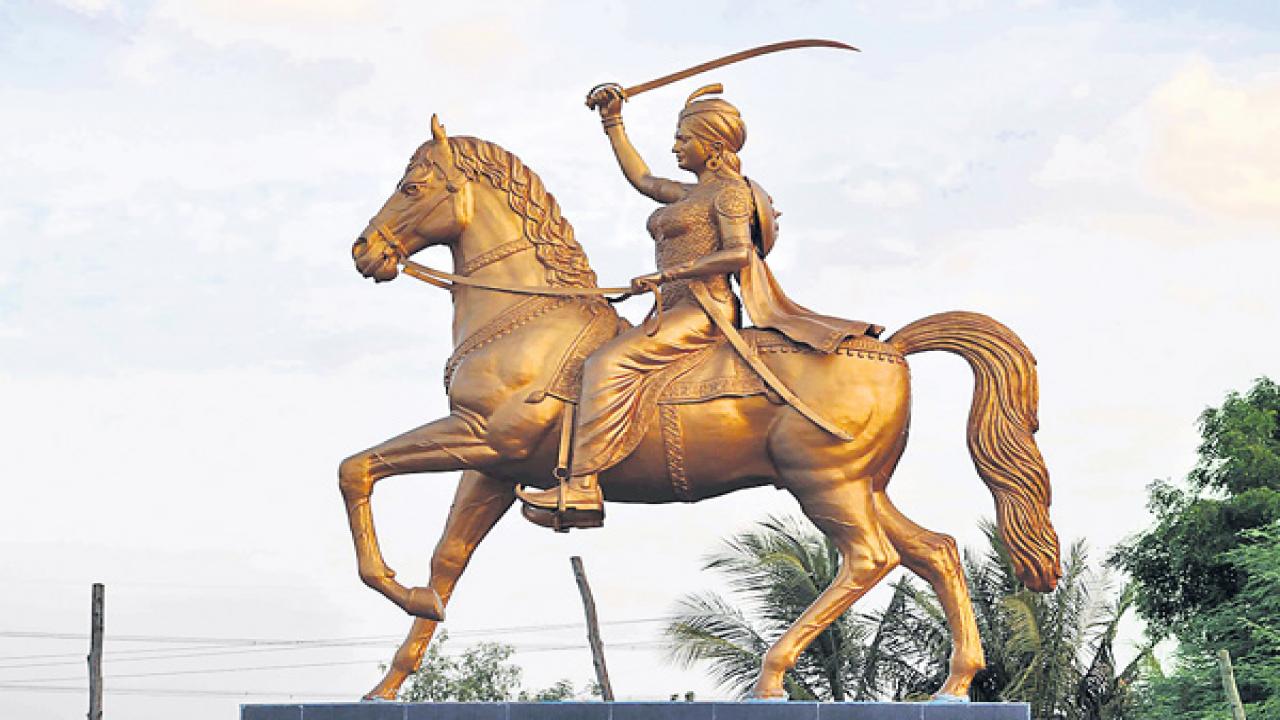
Rudramadevi, who ruled the Kakatiya dynasty for four decades was the only female ruler of the Kingdom. She inherited the Kingdom from her father Ganapati Deva who chose her as his heir over other male members of their extended family. She was the only Independent female ruler who was mentioned by Marco Polo in his journey across the world. Rudramadevi came to power under troubled times when the neighboring dynasties took it as an opportunity to annex the Kakatiya kingdom.
She also faced a great deal of opposition from the noblemen of her state who could not accept the thought of being ruled by a woman. Nevertheless, She assumed the title of Raja-gaja-kesari after defeating King Mahadeva who belonged to the Yadava dynasty of Devagiri. Despite continuous warfare, Rudramadevi was able to preside over a golden age of the Kakatiyas due to her wit and policies.
Also Read: Top Ten Historical Significance Places In Telangana – My Travel Diary
Places to Visit in Warangal
Warangal is a town with a historical legacy. Most of the sites that we find in Warangal have their roots in History. Let’s take a brief look at this legacy while learning more about the famous sites of Warangal!Thousand Pillar tePillar Templee 12th century CE, This delicately carved temple was built by Kakatiya ruler Rudradeva on the hills of Hanamkonda. Dedicated to God Shiva, the temple is also known as Rudreshwar Mahadev temple. Apart from God Shiv, the temple also has shrines of God Vishnu and God Surya(Sun god). The three gods together are known as Trikutalayams. The Gigantic statue of Nandi is the Main attraction on the temple premises along with the intricate designs carved on the walls. These exquisite carvings speak the stories from the Hindu scriptures and folktales. The right time to visit the temple is during the morning or the evening time.
1. Hanamkonda
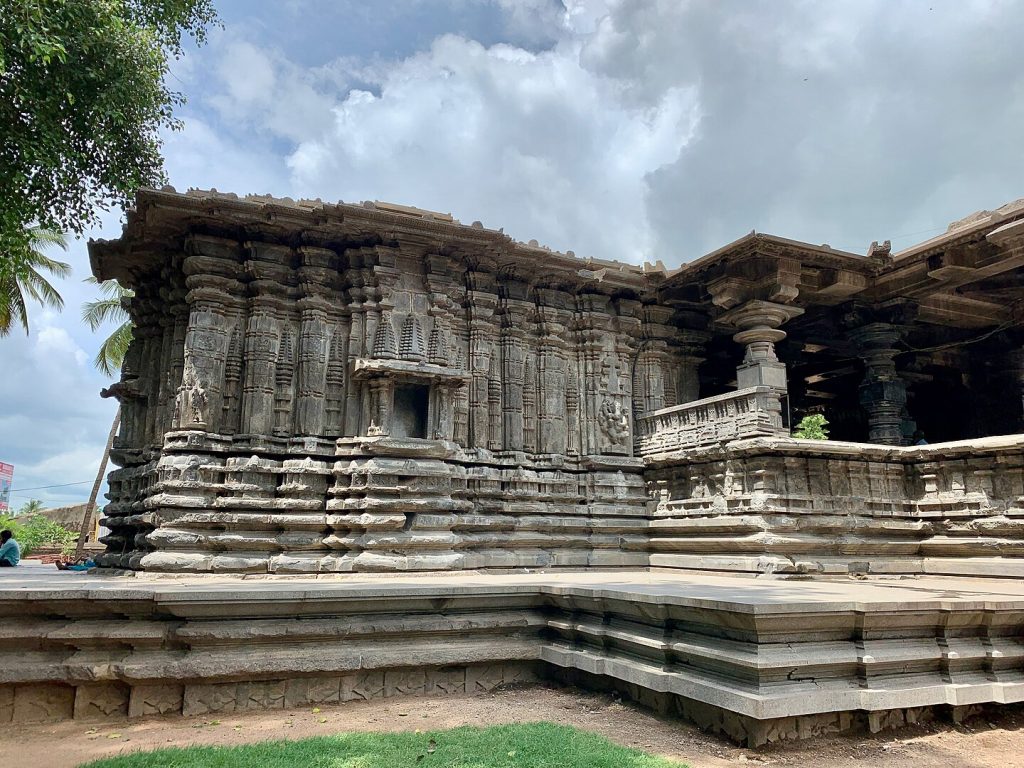
Thousand Pillar tePillar Templee 12th century CE, This delicately carved temple was built by Kakatiya ruler Rudradeva on the hills of Hanamkonda. Dedicated to God Shiva, the temple is also known as Rudreshwar Mahadev temple. Apart from God Shiv, the temple also has shrines of God Vishnu and God Surya(Sun god). The three gods together are known as Trikutalayams. The Gigantic statue of Nandi is the Main attraction on the temple premises along with the intricate designs carved on the walls. These exquisite carvings speak the stories from the Hindu scriptures and folktales. The right time to visit the temple is during the morning or the evening time.
2. Ramappa Temple
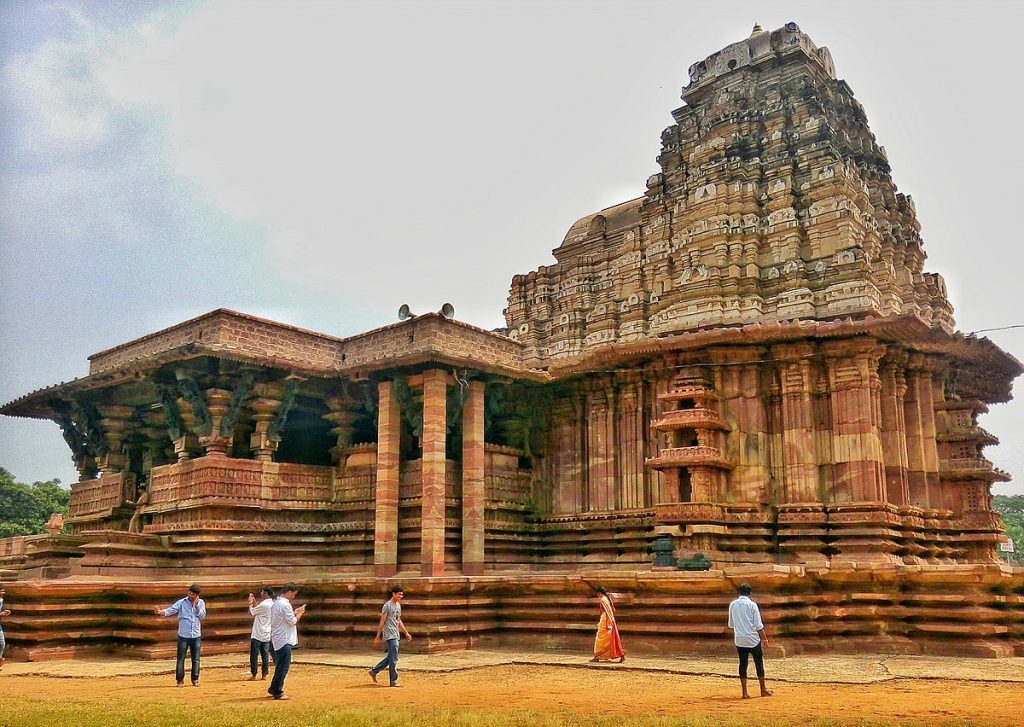
Ever heard of a temple that has been named after the sculptor who made it? Well, Warangal makes a place here too. The grand temple dedicated to Ramalingeshwaran aka God Shiva has been named after its sculpture Ramappa. The temple was built by the Kakatiya ruler Ganapati Deva. Apart from the unique origin of its name, the Ramappa temple also contains many architectural features within itself. The temple is built using bricks that can flow in water. Ramappa temple has two sub-shrines called Koteshwara which are now in ruins and Kameshwara, both dedicated to God Shiva.
The pillars of the temple are delicately carved with heavy designs. One amazing feature of these pillars is the musical sounds that one hears when you hit a pillar gently. Another feature is the majestic statue of Nandi that sits in an attentive pose while residing in the Nandi-mandapam. This is the only temple in India that has Nandi in this posture. The Temple is located at a distance of 67 KM from Warangal and is open from 6 AM to 6 PM.
3. Bhadrakali Temple
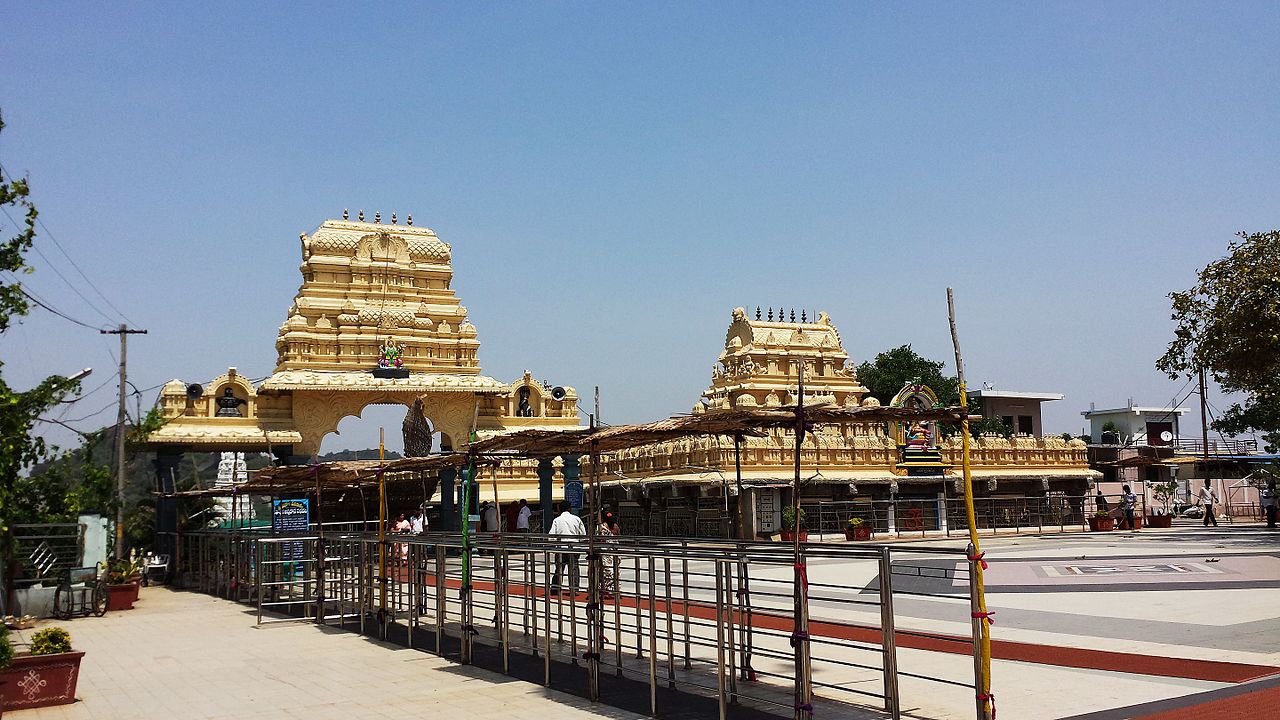
A prominent ancient temple dedicated to Mother-goddess Bhadrakali, the gentle form of Goddess Kali. The temple was built by the Chalukyan king Pulakesin(2) in the year 625 AD. The squared pillars and the Ekandashila present a glimpse of the Chalukyan region while the intricate carvings on the pillars of the temple exhibit the craftsmanship of the Kakatiyan kingdom. The temple held immense importance for the Kakatiya dynasty as much as it did for the Chalukyans. After the fall of the Kakatiya dynasty, the significance of the Bhadrakali Temple also declined. However, in the nineteenth century, Ganapati Sastri, an ardent devotee of Goddess Bhadrakali, decided to stay next to the temple and revive it as a way to serve his Mother-goddess.
With the help of some localities, Sastri was able to renovate the temple and bring it back to its original glory, which shines even today. Although a major part of the temple has been renovated, the pillars that stand at a close distance to the Garbha-griha still remind people of its grand past. Near the temple lies a man-made lake named after the Goddess, the Bhadrakali Lake. The lake was built by the Ganapati deva of the Kakatiya dynasty for traditional water usage. The Bhadrakali Temple is open for devotees from half past five in the morning to 1 PM and then from 3 PM till 8 PM. Visiting Bhadrakali Temple becomes even more beautiful when done in the time of festivals such as Brahmotsav which takes place in April or May or Navratri during September and October.
Also Read: Charminar: The Unknown Facts That You Didn’t Know
4. Padmakshi Temple
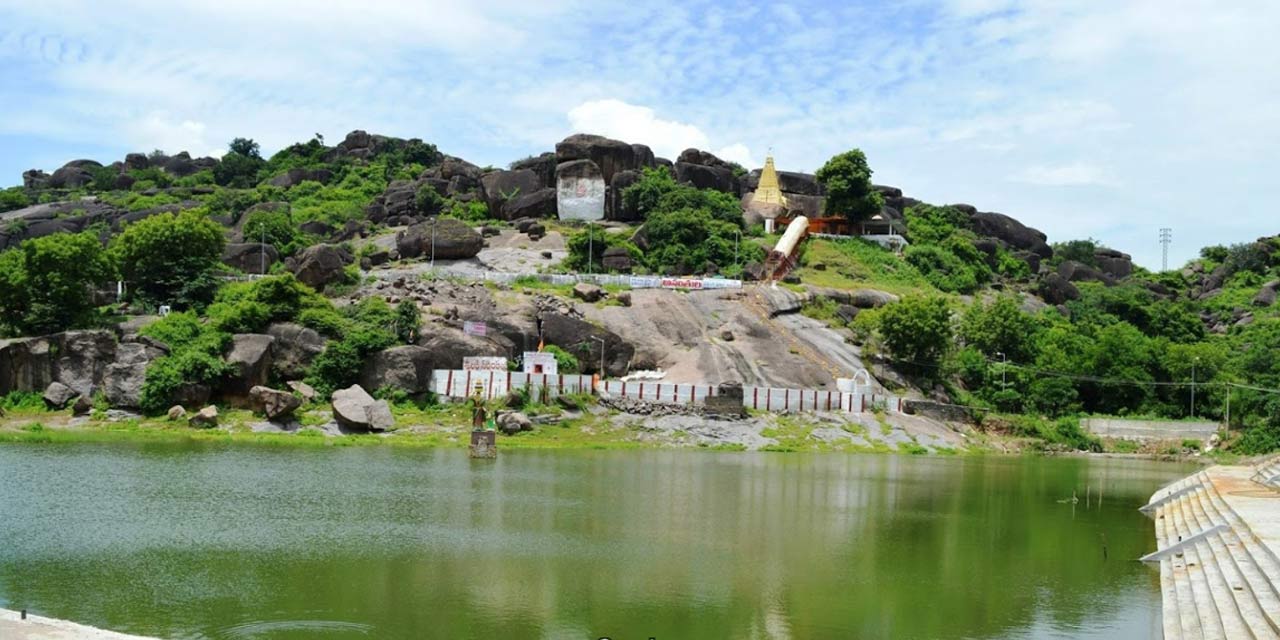
Built in the first quarter of the 12th century, the temple is dedicated to Goddess Padmakshi. Padmakshi means lotus-eyed. Goddess Lakshmi, the bestowed of good fortune, is referred to as Padmakshi. The locals refer to the Goddess as Amma(mother) referring to her as the source of everything. The temple is located at the Gutta hills and has been worshipped widely by the people of Warangal. The main attraction of this temple is the marvelous pillar that stands proudly at the entrance of the temple, catching the attention of the worshippers. The pillar is a quadrangular column made of black granite stone with stunning designs on each side of the pillar. Worshippers can visit the temple any time from morning till the evening, however, the best time to visit the temple is either in the morning or in the evening specifically.
5. Govind Rajulaa Gutta
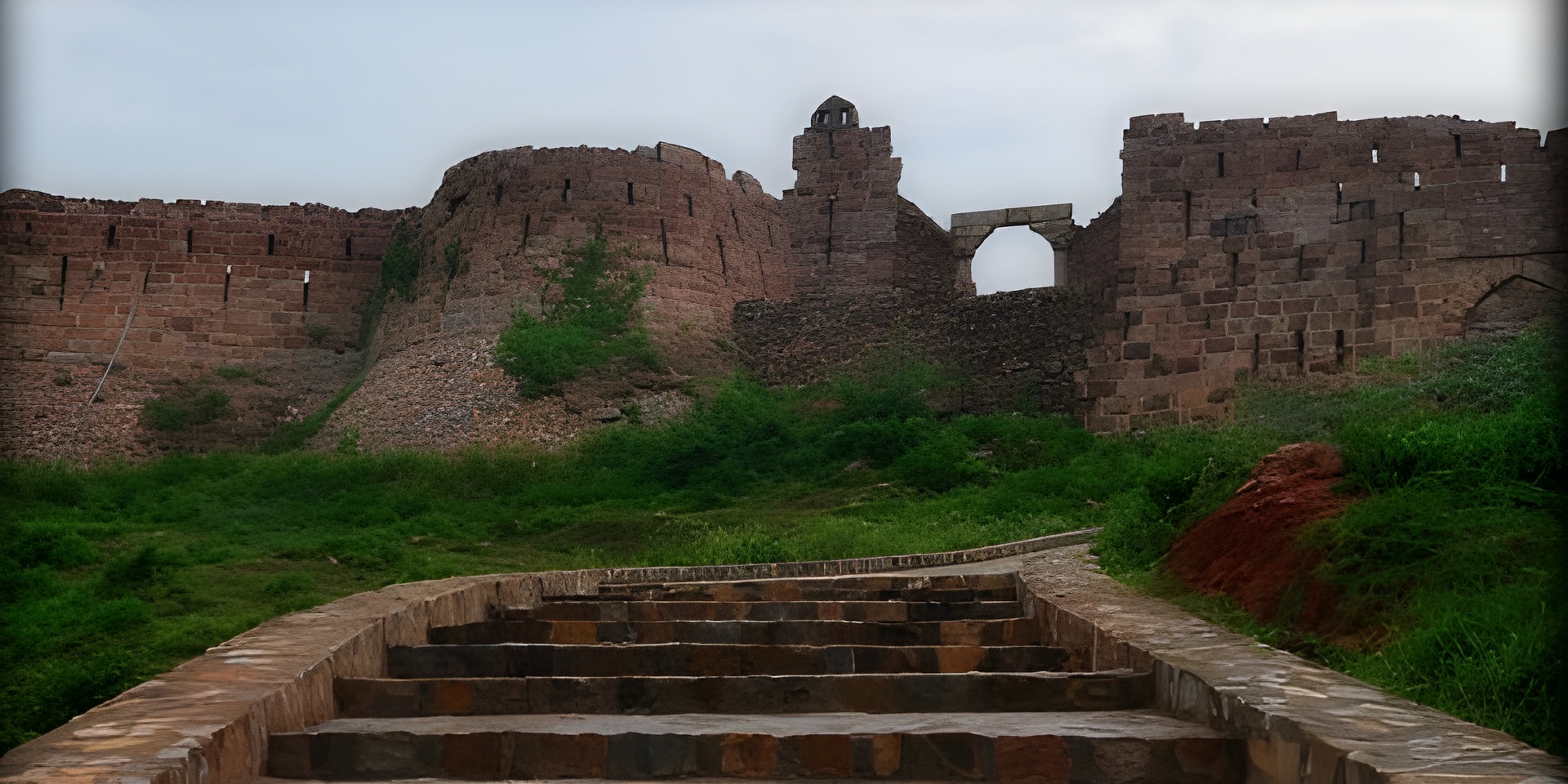
Situated at the top of the hill, the Govindarajula holds a prominent place for the people belonging to the Hindu faith. The hill has a temple dedicated to God Rama, the perfect man, and God Hanuman, his most significant devotee. There is a huge ratham (chariot) made of precious stones that stands at the top of the hill. It is said to be built by the Hazaris of the Warangal. During the festival of Rama-Navami, there is a wave of enthusiasts as devotees climb up the hills to take the blessings of Sri-Rama and Hanuman. To reach the hill, one has to climb around a hundred steps. However, the steps are made by cutting down rocks and hence it is advisable to go there with extreme care.
6. Warangal Fort
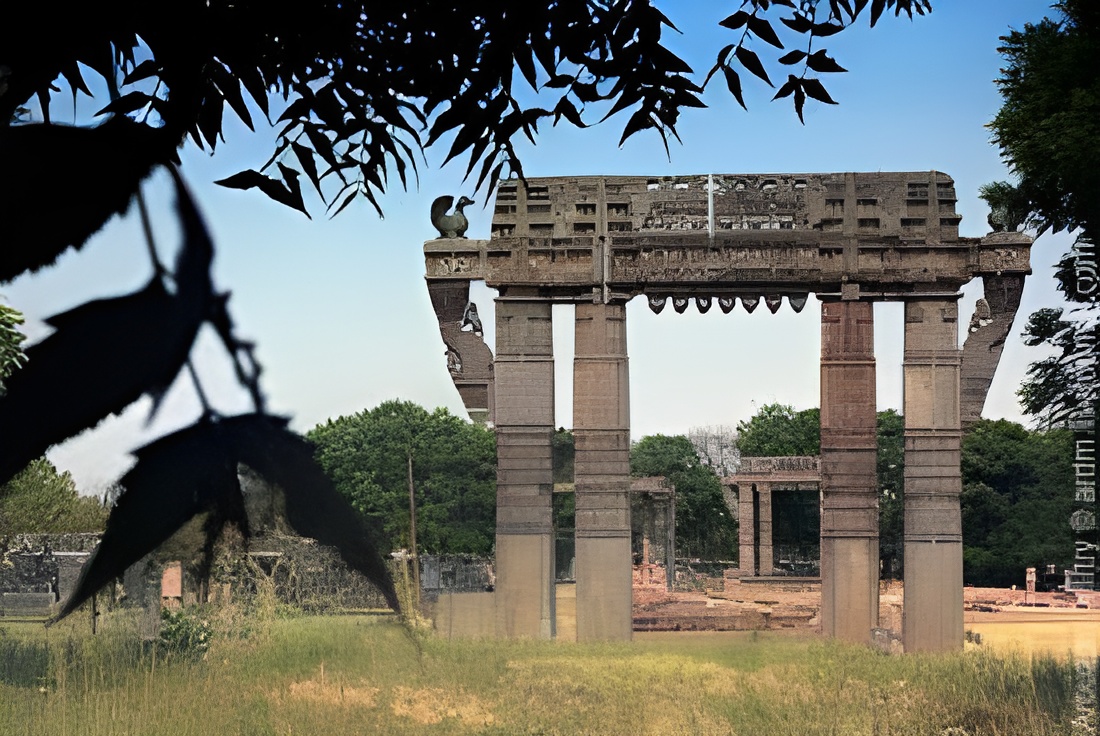
Known for its grandeur, the Warangal Fort is a testimony of the sheer brilliance shown by the rulers of the Kakatiyan kingdom. The fort was built on the hills of Ekashila in the 13th century. Due to its Royal history and architectural grandeur, the fort was listed in the tentative list of UNESCO World Heritage sites. The fort was built in three layers although a major part of the fort today stands amid ruins. One of the Main features of the fort is the delicately carved pillars and four large stone gateways known as Kakatiya Kala thoranam, which along with the fort finds itself in the list of UNESCO world heritage sites. The gateways were originally built as an entrance for The Swayambhu Shiva temple which is now in ruins.
They are now officially incorporated in the emblem of Telangana post its bifurcation from Andhra Pradesh. The carvings on the gates contain lotuses, birds, mythical animals, and garlands. These gateways also give an insight into the kakatiya’s rule, there is an interesting motif that depicts a warrior queen, certainly believed to be Rudramadevi. The time to visit the fort is from ten in the morning to seven in the evening. Added to this are the sound shows that take place in the fort premises for an hour from six past half in Telugu language and English language from seven past half to eight past half at night. The cost of entering the fort is ₹15 for Indians, ₹200 for Foreigners and ₹25 for video cameras. The tickets for sound and light shows cost ₹40 per person.
Also Read: Kodaikanal – Gift Of The Forest – My Travel Dairy
7. Khush Mahal
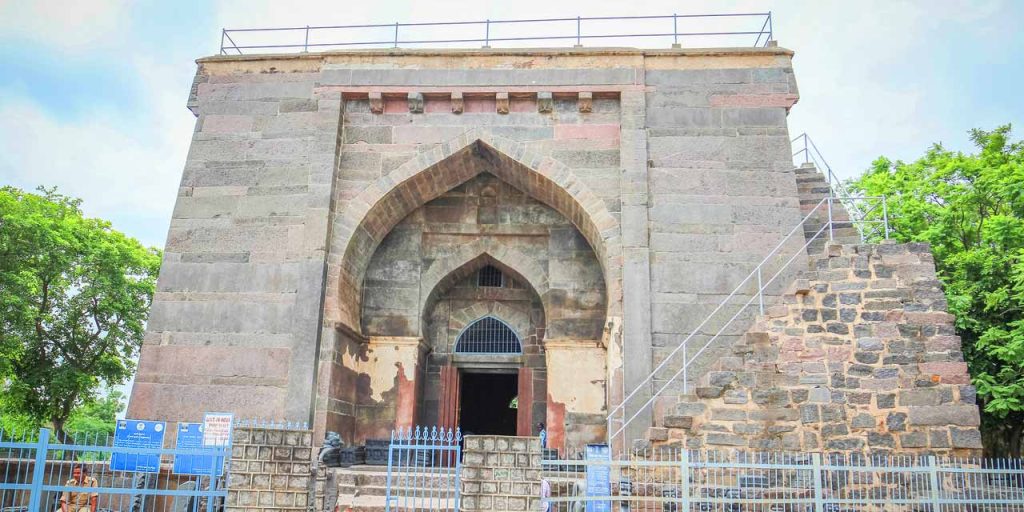
Within the walls of the Warangal fort, stands the excruciating building known as the Khush Mahal which was built by the Tughlaq dynasty in the 14th century. According to some historians, the mahal was built by Shitab Khan, the then Governor of Warangal from the Qutub-shahi dynasty. For this reason, the Khush Mahal is also known as the Shitab Khan Mahal. It is believed that the Khush Mahal was used as an auditorium by Khan. The mahal has been built at a close distance from the Kakatiya gateways.
The walls of the Mahal are slightly inclined indicating the architectural style of that period. The Architecture is slightly similar to the structures in Delhi and has a hint of Northern style in it. Inside the Mahal, There is a huge chamber and staircase attached. One can reach the top of the Mahal and take a look at the entire Warangal fort from there. The time to visit the Khush Mahal is from ten in the morning to seven in the evening. The cost of entering the Khush Mahal is included in the ticket prices of the Warangal Fort.
8. Kakatiya Musical Garden
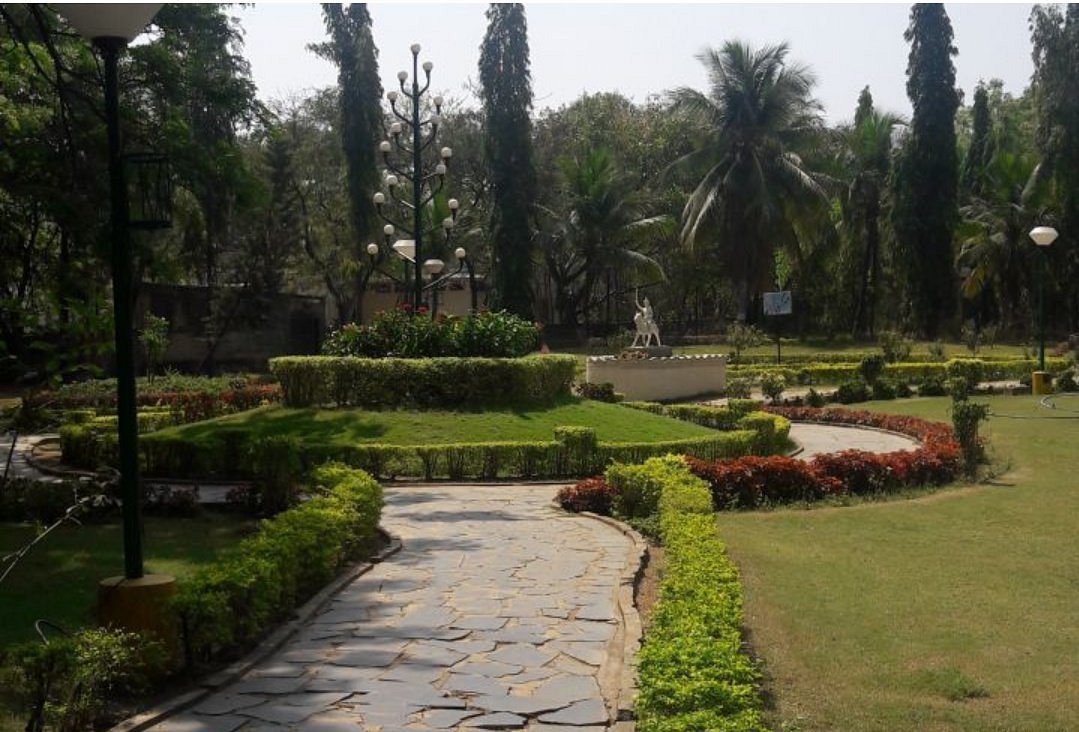
Looking for a place to explore nature in the city itself? Well, the Kakatiyas’ must be thanked with all their respect for building yet another spot that is still a crowd-puller. The Kakatiya Musical Garden, built near the Bhadrakali Temple is a big park that offers multiple attractions to tourists. One can go there with their children to sit around and watch musical fountains that change their colours. The fountain show takes place during the evening at seven.
Then there are rock statues that adorn the park along with various types of flowers. Not only this but the park has another feature which is a pond where several ducks can be found swimming, a rose garden with beautiful blooming roses of various colours, and a children’s park. Overall, the garden can be visited by people from every age group making it one of the ideal places among the Warangal itineraries. The best time to visit the garden is in the evening, especially around the time of the musical fountain show.
9. Pakhal Wildlife Sanctuary
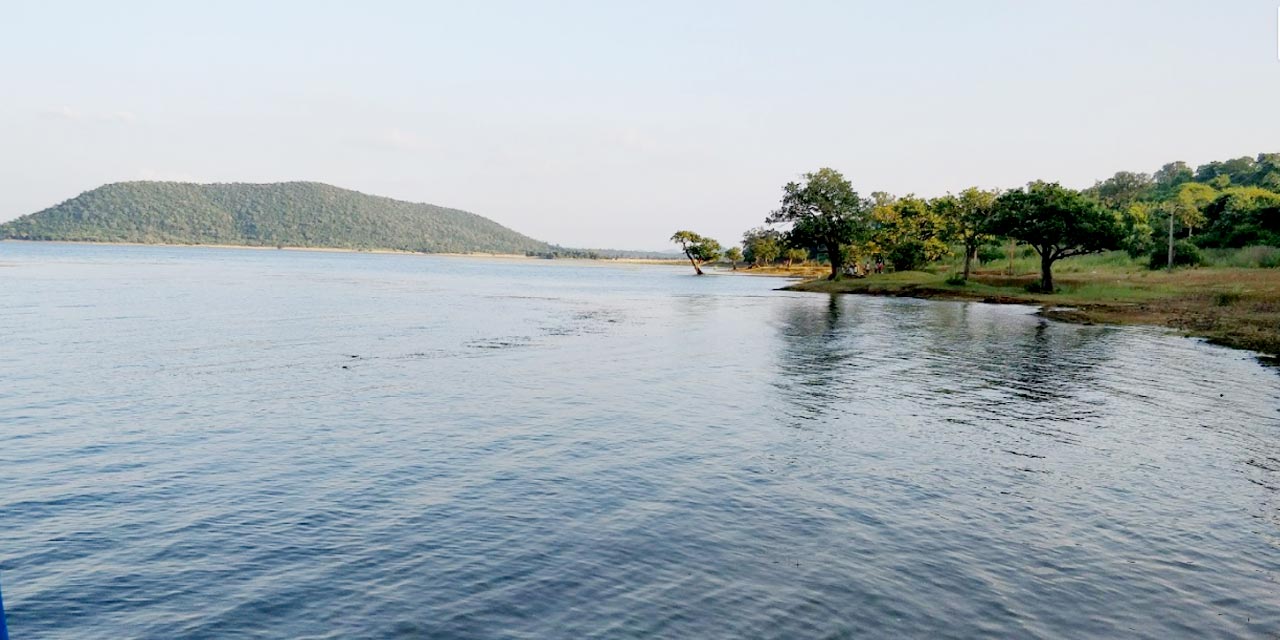
The town of Warangal is equally blessed by places that either present Historic valour or pristine nature. One such spot is the Pakhal Wildlife Sanctuary which is situated in the outskirts of the Warangal city, around 50 km away from it. The sanctuary covers an area of 839 sq. km and is bestowed with some of the most rare and exotic species of flora and fauna. The sanctuary is home to several wild animals that include leopards, wild boars, panthers, hyenas, sloth bears, chiral, mountain gazelles, blackbucks, chousingha, and many other wild creatures.
Not just wild animals but the sanctuary is also home to reptiles like python, cobra, crocodile and monitor lizards. The sanctuary also hosts a large number of migratory birds from November to March every year. Talking about the flora, the sanctuary is bestowed with some precious herbs like Giloy, Madagascar plum, and kapok tree to name a few. The sanctuary can be visited from six in the morning till six in the evening. With a better road system, the place can be accessed easily.
10. Pakhal Lake
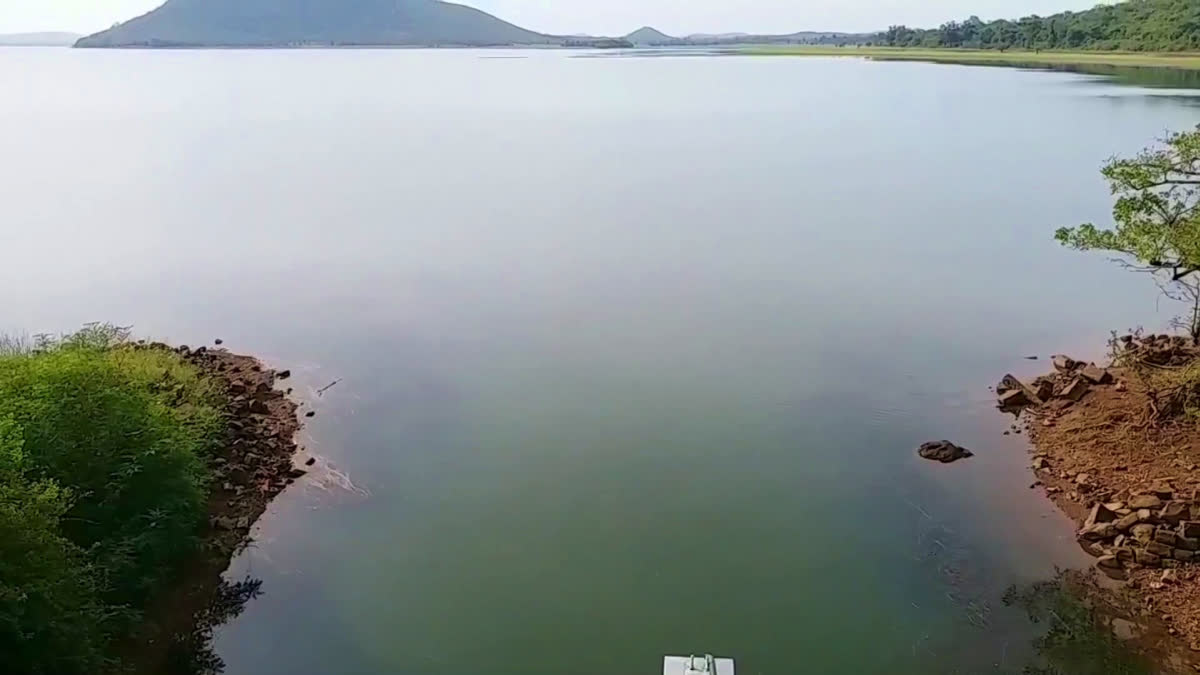
Amid the greenery of the Pakhal sanctuary, lies a man-made beauty known as the Pakhal Lake. The Pakhal Lake was built by the Kakatiya ruler Ganapati Deva in the year 1213 to serve as the source of water for their subjects. The lake was built on the tributary of the Krishna River. The Pakhal Lake is in the vicinity of the Pakhal Wildlife Sanctuary and can be explored while touring through the sanctuary.
Along with this, there are several other spots that travellers can visit like Kakatiya Zoological Park, Ghanpur group of temples, Regional Science Centre, and Warangal Planetarium to name a few.
Also Read: Top 8 Mesmerizing Tourist Spot To Explore In Visakhapatnam
Handicrafts of Warangal
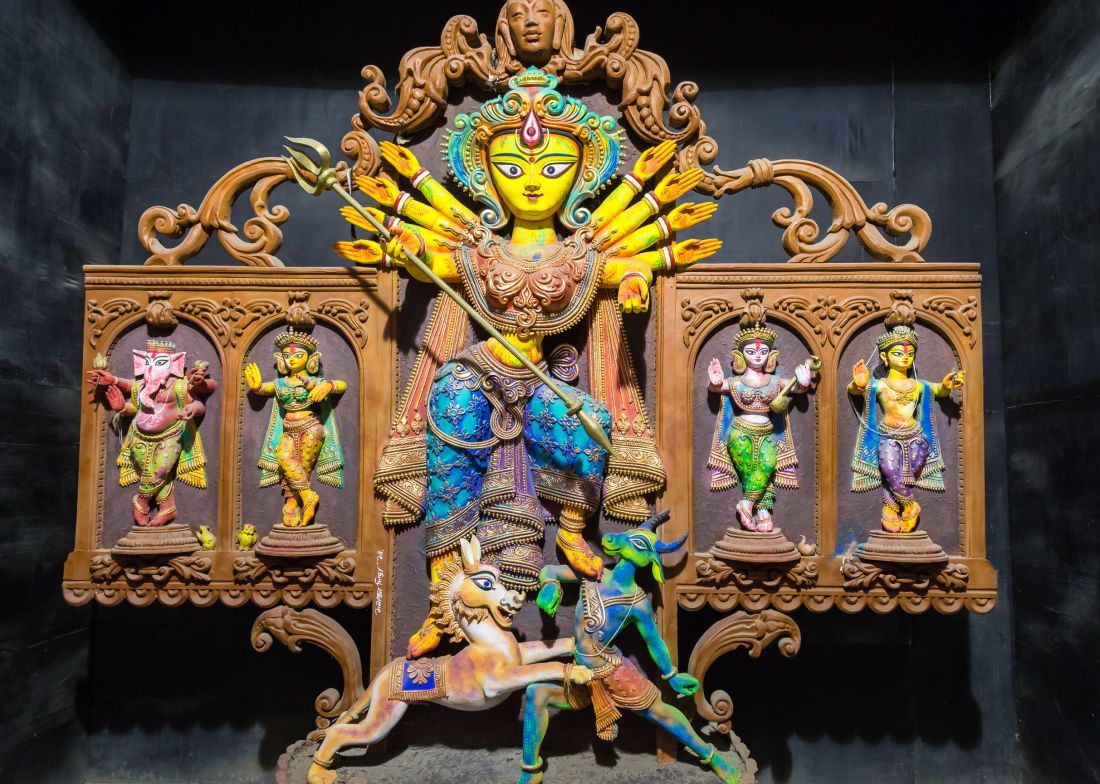
In the present era, Warangal is known for the exotic art products that are found here. These products are not found anywhere else in India and in the World and hence carry a high value to them. Pembastry artefacts and Cheriyal scroll paintings of Cheriyal village are exclusively found in the town of Warangal. The same is the case with Dhurries(Rugs) of Warangal which are so famous that they are exported outside the country as well. Based on the above cases, we can deduce that Warangal is home to fine Artisans of India.
Shopping in Warangal
Aware of the fact that Warangal is a town of Handicrafts and artisans, the city offers many handicraft shops for shopping purposes. Apart from Handicrafts, Shoppers can also buy Warangal carpets that are popular in both National and International markets. Furthermore, Warangal is also popular for its mango pickles, which one must taste and buy. DWCRA Bazaar at Chowrasta is a well-known place for finding all the specialties of Warangal, all in one place. Victory Estate shopping complexes at Girmajipet and Samyukta shopping complexes at Shivunipally are some famous shopping complexes at Warangal. Other shopping points includes:
1. Khadi Gramodyog Bhandar is located at Subedari and Hanamkonda where one can buy fine khadi products.
2. Podduturi complex in Warangal for Lepakshi Handicrafts.
3. Kothawada is the most trusted place for buying original Dhurries. Dhurries are the popular mats and Rugs that are found in Warangal.
4. Jangaon, located at a distance of 60 KM from the city of Warangal is a popular destination for buying Pembarti Brasswares. This place is especially famous for this type of Handicrafts only.
How to Reach Warangal?
Warangal city is well-connected to the rest of the country and the world. Visitors can reach the city using either of the three modes of transport.
Reaching Warangal by Air:
The nearest airport to Warangal is the Rajiv Gandhi International Airport located in the city of Hyderabad which is about 160 KM away from Warangal. One can then fetch a private vehicle, deluxe bus, or Train to reach Warangal from Hyderabad.
Reaching Warangal by Road:
The Warangal city is well-connected to the rest of the country with its splendid road network. One can use either public vehicles like buses & taxis or can use Personal & Private vehicles to reach the city. Overall, the trip can be tiring but will be worth it to reach through the roads while exploring the natural beauty of the surroundings.
Reaching Warangal by train:
Warangal has a major Railway junction. One can easily reach Warangal while traversing by train. The time to reach the city varies according to the place. For example, it takes only three hours to reach Hyderabad to Warangal, however, it may take as long as 10 hours when reaching any other region.
Conclusion
The Warangal City carries a whole package within itself. From religion to nature to history and culture, Every corner of the city is enriched with either of them telling about its wondrous glory. With the heavily carved temples, museums, forts, musical gardens, and well-maintained wildlife sanctuaries, The city proves itself to be a perfect amalgamation of exultation, valour, and thrill for the tourists.
Frequently Asked Questions?
When is the right time to visit Warangal?
The right time to visit the town is from October to March.
How is the weather in Warangal generally?
The weather is humid and hot in the Warangal town.
How many days will it take to finish a trip to Warangal with all the itineraries involved?
It will take around 3 to 4 days to complete the entire trip.

